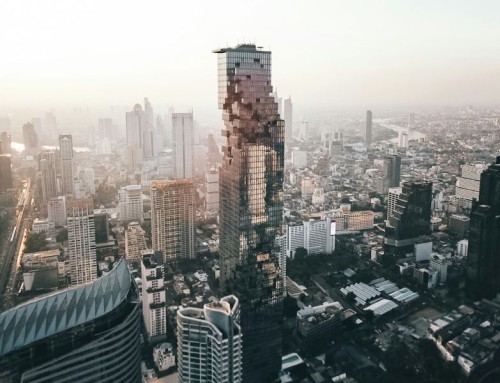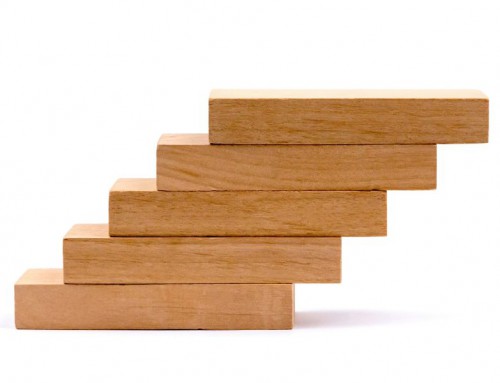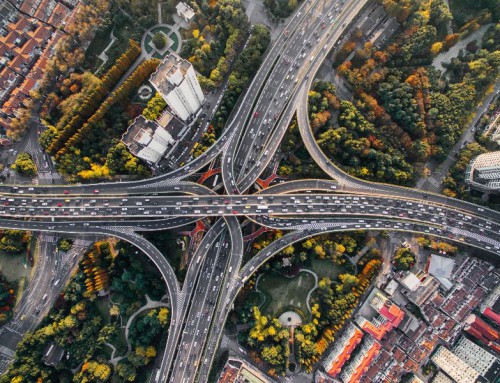The fact that most Singaporeans do not have a clue as to which property should they buy first is rather perplexing. In Singapore we have the unique and advantageous situation whereby our government subsidizes housing for Singaporeans and permanent residents. The party responsible for this is the Housing Development Board or HDB for short. Unlike places like Hong Kong whereby the government subsidized housing is obtained by ballot, Singapore’s subsidized housing is available to any Singaporean and permanent resident with more than ample supply. Also, Singapore’s public housing scheme is lauded for being one of the most successfully run government subsidized housing schemes in the world. The properties are well run by the town councils and cleanliness and upkeep is at times comparable or even better than private housing estates. At times, the extremely impressive level of maintenance makes one wonder why some people even bother to purchase a private property when purchasing a HDB is cheaper and equally well maintained. This then comes to the question of which property should a Singaporean purchase as their first property. The fact that this question is posed will then stem from the person wanting to own more than one property. The basis of this will always be that the first property can be used to fund the purchase of subsequent properties. The answer to this will always be to purchase a HDB and the reasons are clear.
1) A HDB flat is more bank for the same buck
Assuming that we were to look at a one bedroom apartment in Alexis in the Alexandra area, we would have to pay approximately $700,000 to buy such an apartment and this apartment could be rented for approximately $2,700 per month. The gross yield for this then works out to be approximately 4.6%.
To purchase a 3 room HDB flat in Bukit Merah, it would cost us approximately $330,000 and this flat can be rented out for approximately $2,300 per month. The gross yield then works out to be approximately 8.4%.
We can then see that for a lesser amount of outlay, we can achieve almost the same amount of rental.
2) It is easier to finish paying off a smaller loan
In today’s context whereby the Monetary Authority of Singapore regulates the amount of housing debt that borrowers can partake, the Total Debt Servicing Ratio is proving to be very prohibitive in allowing property investors to buy multiple properties. Thus the usual thinking would be to finish paying off the first property before purchasing the next. A HDB flat is much lower in price, especially the smaller units, and thus would be much easier to repay in full than say a private condominium which is priced closer to a million dollars. Paying off the HDB would then mean that the investor would have no outstanding loan and would den be eligible for an 80% loan to value if his income is sufficient. Furthermore, the rental income from the HDB flat can be used as income for consideration for the subsequent property loan.
3) The cost to upkeep a HDB is lower than a private property.
The maintenance fees for a private property can range from between $250 to $600 or even more depending on the size and the overall cost of maintenance as determined by the building management. A HDB flat would incur much less in terms of maintenance fees. The maintenance fee for a 3 room flat would be in the region of approximately $40. Furthermore, the annual value for a private property is much higher than a HDB flat and thus the property tax on a similar sized private property would be higher than a HDB flat. If these costs are factored in, the nett rental yield for a private property would be much lower than the gross rental yield.
All things said, not all HDB flats are equal in their investment value. The ability to rent a HDB flat is directly correlated to the proximity of it to the city center of Singapore as well as the amenities and ease of transportation in and around the flat. Much the same as a private property. A HDB flat in Ang Mo Kio would be much easier to rent than say a flat in Fernvale at the edge of Punggol. The reason is that Ang Mo Kio is a matured estate with much better amenities. Moreover, it is much easier to get to the city center of Singapore from Ang Mo Kio than it would be from Fernvale.
What then do investors have to take note of?
1) Minimum Occupation Period
When you purchase a HDB flat, you have to occupy the flat for 5 years before you can apply to HDB to sublet your flat. This only applies to Singaporeans. Permanent Residents have to reside in their HDB flats and cannot rent out the flat.
2) Ethnic Quota in HDB estates
There is a certain ratio that has to be adhered to. Singapore being a multicultural country, we do not want enclaves of a certain race or nationality to form in HDB estates. Thus if the property that is to be rented is in the vicinity whereby there is too many of a certain race or nationality of people, then this will affect your ability to rent to the same group of people, thus making your tenant pool smaller.
3) Buy a smaller flat
Since you would like to upgrade and live in a private housing, why does a young couple need more than 2 bedrooms? i.e. a 3 room HDB flat? A 3 room HDB flat would mean a smaller loan and thus it would be easier for the couple to pay off the loan. Even if children are about to be added to the family, babies do not require a separate room of their own till much later in life. Smaller HDB flats often offer excellent value. To purchase a two bedroom apartment in the heart of a matured estate like Ang Mo Kio would cost more than a million dollars. To purchase a 3 room flat with 2 bedrooms of the same size in Ang Mo Kio Central would cost the investor approximately $350,000. This is about a third of the value of the private condominium.
Singaporeans are privileged to be able to purchase and own HDB flats for their own occupation or as an income generating property. Every Singaporean with the aim of owning multiple properties should have a HDB that is easy to rent in their property portfolio.
Yours Sincerely,
Daryl Lum






